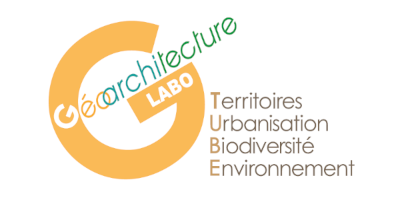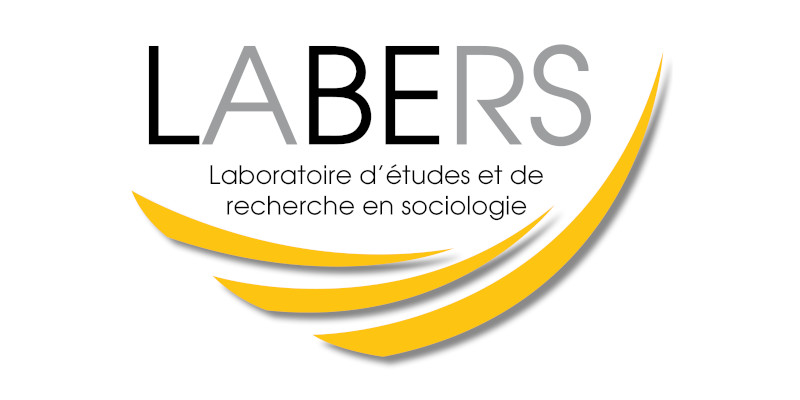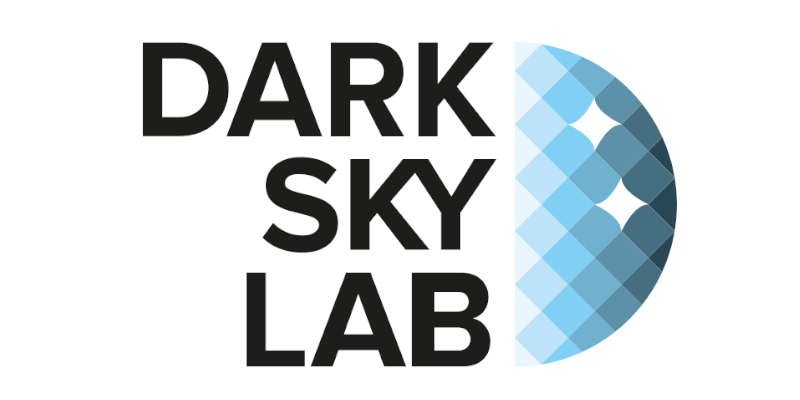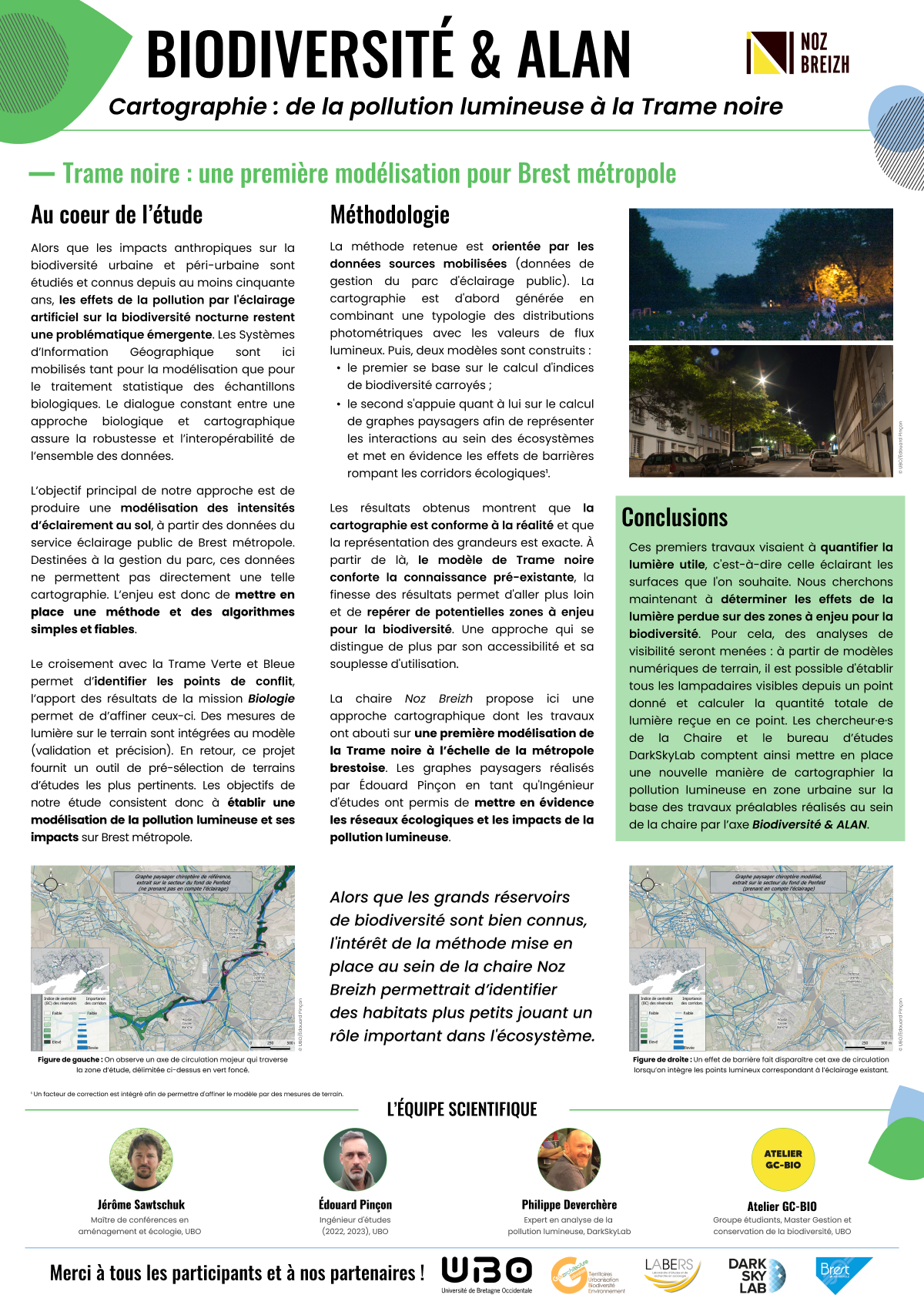FROM LIGHT POLLUTION TO DARK ECONOLOGICAL NETWORKS
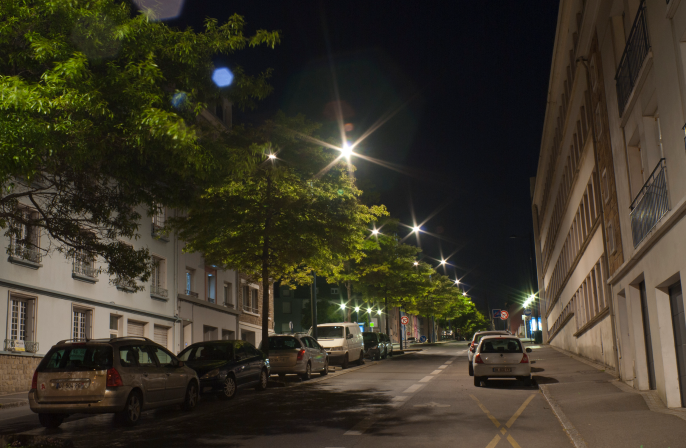
Geographic Information Systems are used both for modeling and statistically processing biological samples. The constant dialogue between a biological and cartographic approach ensures the robustness and interoperability of all data.
The main objective of this approach is to produce a model of ground lighting intensity, based on data from Brest métropole's public lighting department. These data are intended for fleet management purposes and do not directly enable this mapping.
The challenge is therefore to establish a simple, reliable method and algorithms. Cross-referencing with the "Trame Verte et Bleue" (green and blue infrastructures) shall help identify points of conflict and the results of the "Biology" mission will be used to refine these. Field light measurements are integrated into the model (validation and precision). In return, the project provides a tool for pre-selecting the most relevant study sites.
The method chosen used public lighting management data:
- The mapping was first generated by combining a typology of photometric distributions with luminous flux values (Figure 1).
- Two models were built (Figure 2 and 3) in order to represent interactions within ecosystems and to highlight the effects of barriers that break up ecological corridors.
- A correction factor was included to allow the model to be refined by field measurements.
The results obtained showed that the mapping is consistent with reality and accurate. The Dark ecological network model confirms the pre-existing knowledge and makes it possible to identify potential areas at risk for biodiversity. This initial work aimed to quantify light that only illuminates desired surfaces. The finesse of the results makes it possible to go further and identify potential biodiversity hotspots, an approach that stands out for its accessibility and flexibility of use.
Trame noire: an initial model for the Brest metropolitan area
The Axis 3 of Noz Breizh Chair proposes a cartographic approach, the work of which has resulted in an initial model of the "Trame noire" at the scale of the Brest metropolitan area. Following on from his M2- Aménagement et Urbanisme internship with the Chair, Édouard Pinçon has continued the mapping work initiated around the Dark ecological network of Brest Metropole as a Research Engineer.
Among the first results obtained, an extract of which we present below on a key sector (the Penfeld river bed), landscape graphs have highlighted ecological networks and the impact of light pollution. While the major reservoirs of biodiversity are well known, the interest of the method implemented would enable the identification of smaller habitats that also play an important role in the ecosystem.
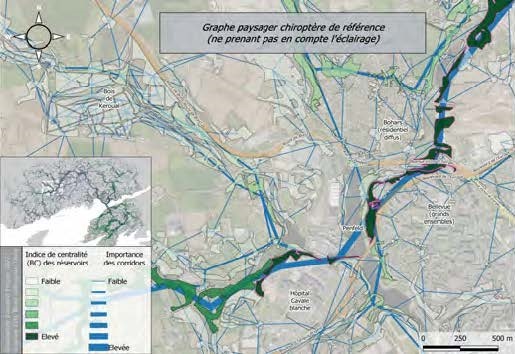
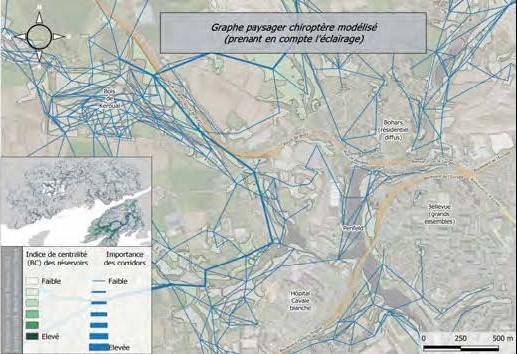
Mapping light pollution
This initial work was aimed at quantifying useful light, i.e. that which illuminates the desired surfaces. In a second phase, we are now seeking to determine the effects of lost light on areas of concern for biodiversity.
To achieve this, visibility analyses will be carried out: by using digital field models, it is possible to establish all the street lamps visible from a given point and calculate the total quantity of light received at that point.
The Chair's researchers and DarkSkyLab consultancy firm, which specializes in the scientific assessment of light pollution, thus intend to set up a new way of mapping light pollution in urban areas, based on the preliminary work carried out within the Chair.
Our publications
Scientific publications
Pinçon, E., Sawtschuk, S., Hernández González, E., (2024). Coupling data and methods, an original methodological approach to modeling the black frame, Cybergéo : European Journal of Geography |LS|En ligne|RS| DOI :
Interships
Pinçon, E., (2022), Modélisation trame noire, Rapport de stage M2, Université de Bretagne Occidentale.
Posters
Citation : Chaire Noz Breizh (2024), Cartographie : de la pollution lumineuse à la Trame noire, présenté dans le cadre du colloque Smart Noz, Brest, 18-20 mars 2024
